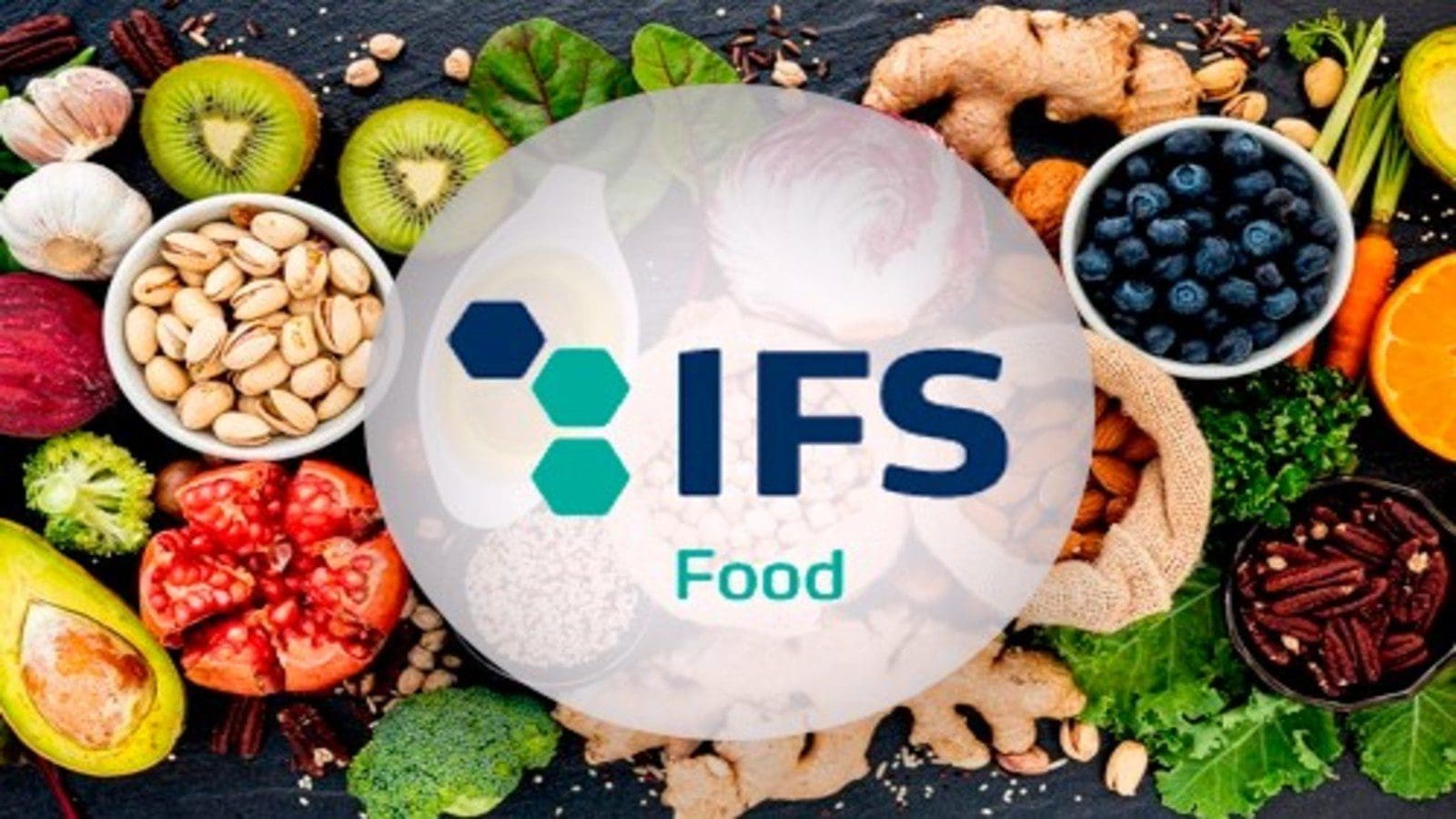GLOBAL – A new research by the Food and Agriculture Organization of the United Nations (FAO) has revealed that contaminated food products of land animal origin contribute to a third of the global foodborne disease burden.
The report examined the impact of foods derived from terrestrial animals on human health, including pertinent food safety issues.
It was created in response to a 2020 request from the FAO’s Committee on Agriculture “to produce a comprehensive, science and evidence-based global assessment of the contribution of livestock to food security, sustainable food systems, nutrition, and healthy diets.”
At the same session, the COAG established a Sub-Committee on Livestock to provide targeted guidance to stakeholders on this specific sector of agriculture.
The report specifically addresses terrestrial animal-sourced food (TASF), such as livestock. The study examines how the cattle industry contributes to the 2030 Agenda for Sustainable Development using an agrifood systems approach and a One Health perspective on the economic, social, and environmental components.
In terms of food safety and foodborne diseases linked to TASF, consuming contaminated TASFs is linked to a third of the global burden of foodborne diseases, which are primarily caused by bacteria and diarrhea.
The risks associated with foodborne illness, as well as health outcomes and risk analysis techniques, are extensively documented; nevertheless, little is known about the corresponding national burdens, such as incidence rates and severity.
Although they are essential to enhancing national policies, the primary transmission pathways of foodborne illness along the TASF supply chain are little characterized.
The report also includes a list of factors that are raising the risk of contracting foodborne illnesses.
The research specifically addresses evolving agricultural practices like those connected to intensifying input use and animal production, lengthening and extending supply chains, and rising consumption of processed foods.
Antimicrobial resistance (AMR) also poses challenges of its own.
The document builds on Livestock-derived foods and sustainable healthy diets (UN Nutrition, 2021), a document prepared by UN Nutrition that provides a general overview of topics covered by the four component documents of the present assessment and considers the major health benefits, opportunities, and potential trade-offs associated with sustainable production and consumption.
Significant advancements in microbiology shed light on how TASF and human health are related. First among these improvements are methodological advancements in “omics”, which encompass genomes, transcriptomics, proteomics, metabolomics, and nutrigenomics.
These fields offer proof of the metabolites and metabolic pathways involved in TASF’s functions in nutrition and health.
A second advancement is the fast-advancing field of microbiome science, which effectively demonstrates that the microbiome mediates the link between TASF and human health. The presence of pathogens, the diversity of species, and the quantity of short-chain fatty acids are some of the elements causing this connection.
Human studies and animal models show that fermented dairy products have beneficial outcomes on human health while red and processed meats and animal fats have negative effects due to microbial metabolites such as trimethylamine-N-oxide and hydrogen sulfide.
The research emphasizes the need for a One Health strategy to improve sanitation and manage risks at the interfaces between animals, people, and the environment in order to reduce the burdens associated with food safety.
To ensure food safety for better health outcomes, efforts to strengthen national food control systems are also essential.
For all the latest food safety news from Africa and the World, subscribe to our NEWSLETTER, follow us on Twitter and LinkedIn, like us on Facebook and subscribe to our YouTube channel.








